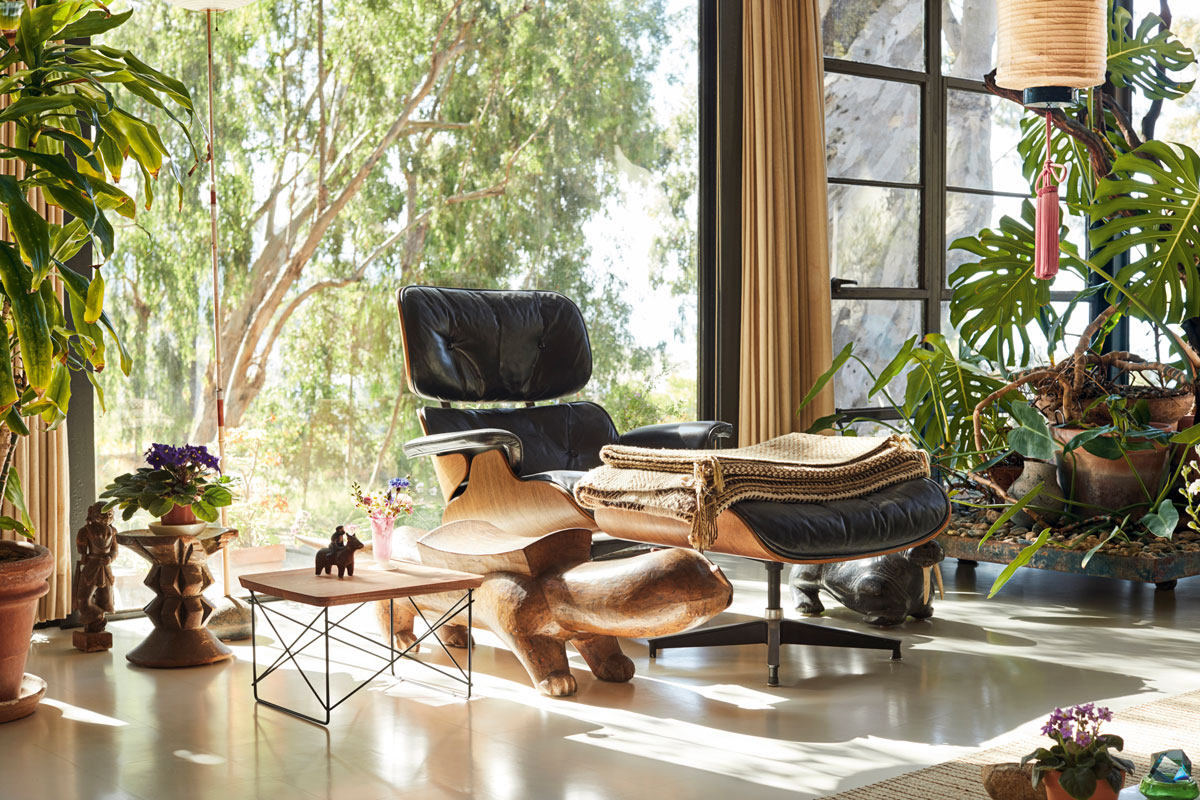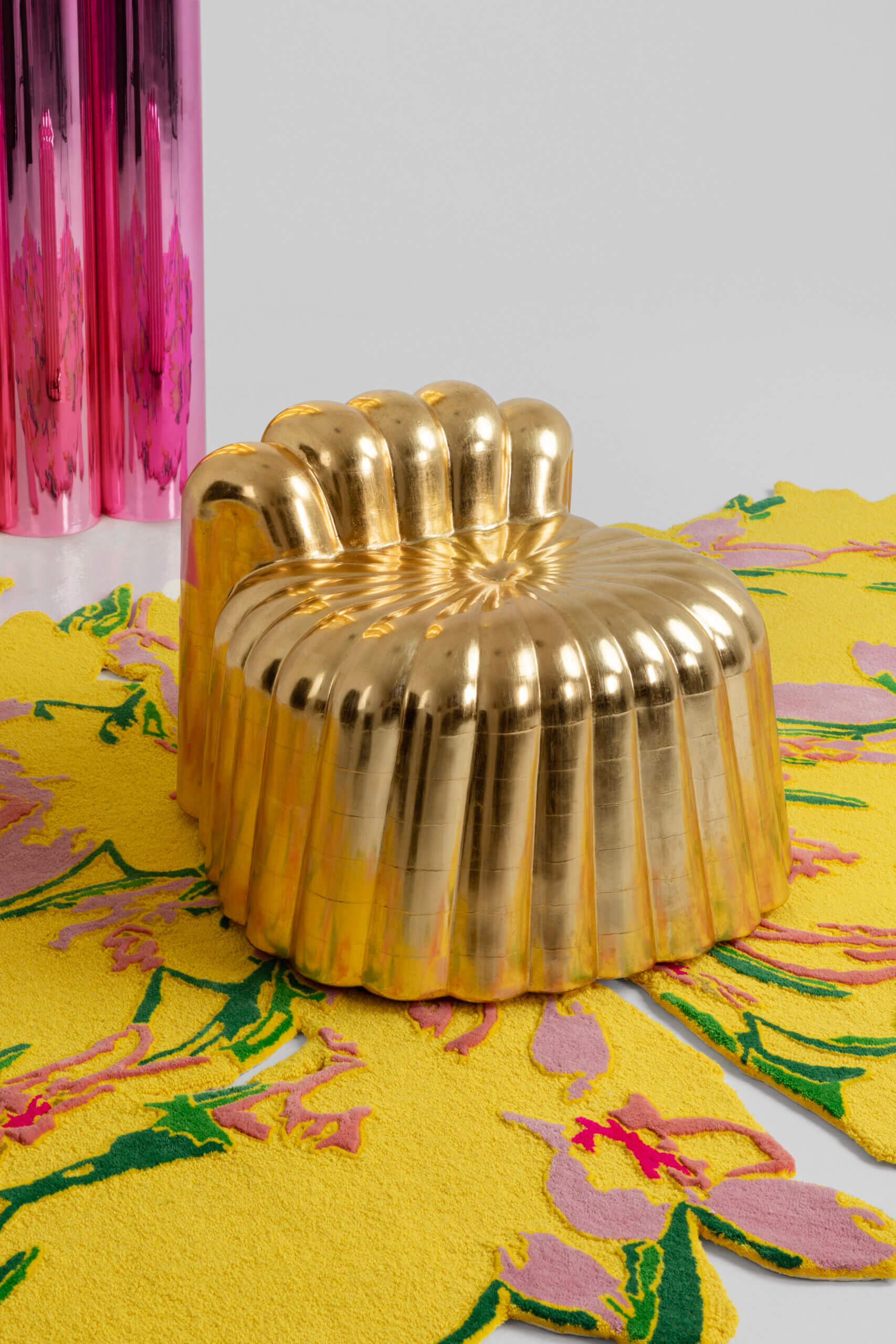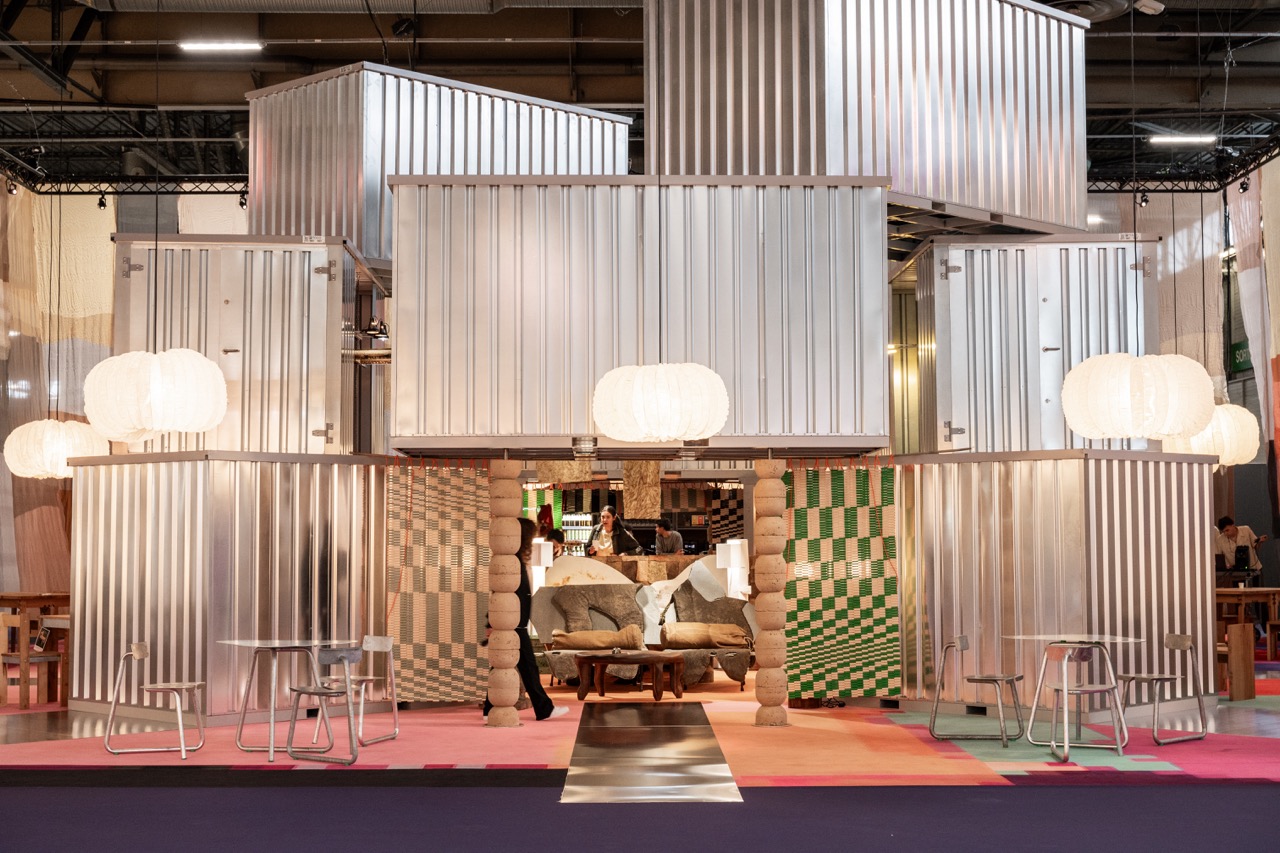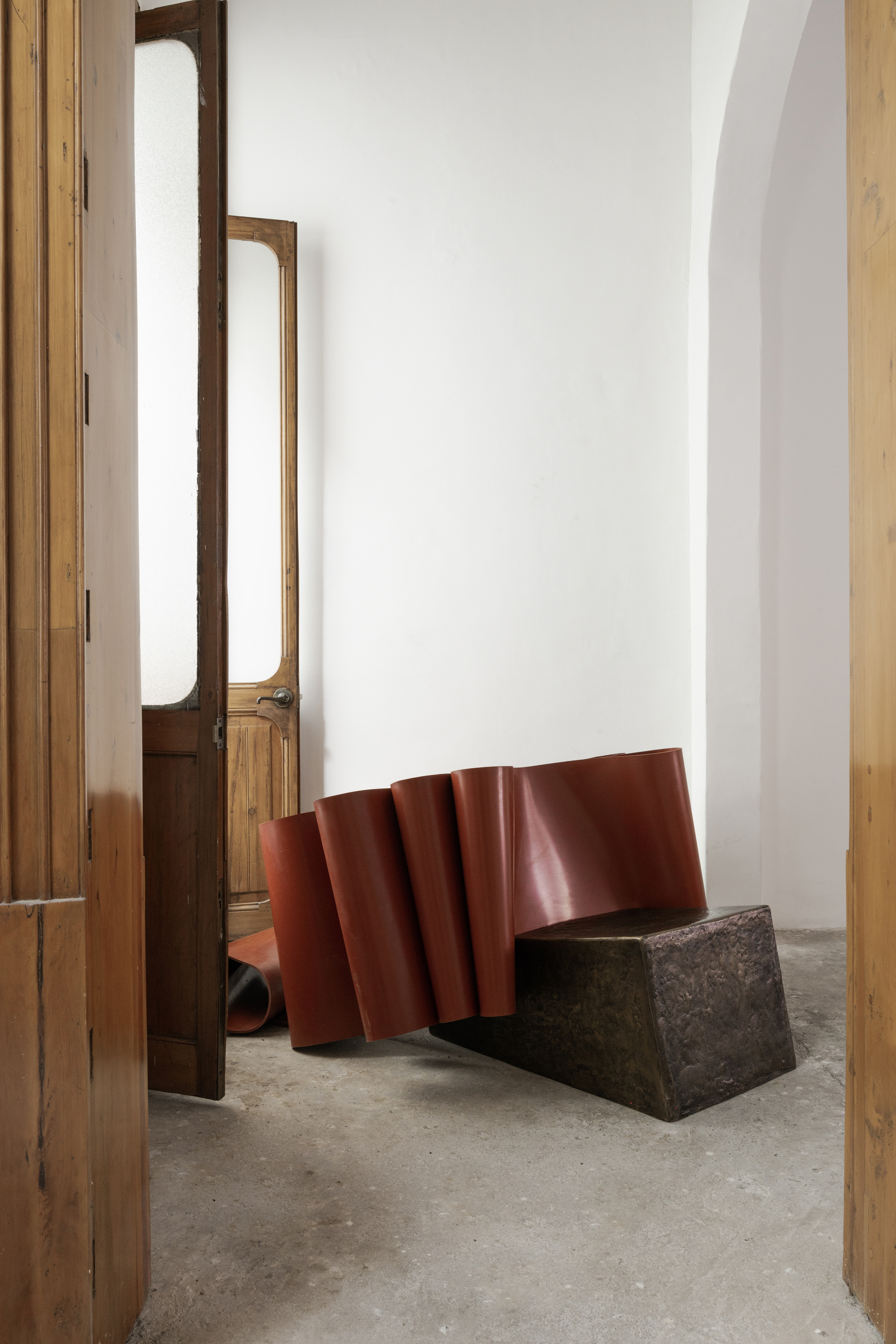Every Thursday the Sixtysix newsletter delivers the latest creative news, designs, and insights straight to your inbox. Here are this week’s highlights. Not on the email list? Subscribe now.
***
Interior designers dish on the most iconic furniture designs of all time.
+ From the Eames Lounge Chair to Frank Gehry’s Wiggle Chair, 22 interior designers broke down the iconic furniture pieces that have had the most impact on the design industry.
+ The chosen designs were selected for their innovativeness, use of materials, form, and more.
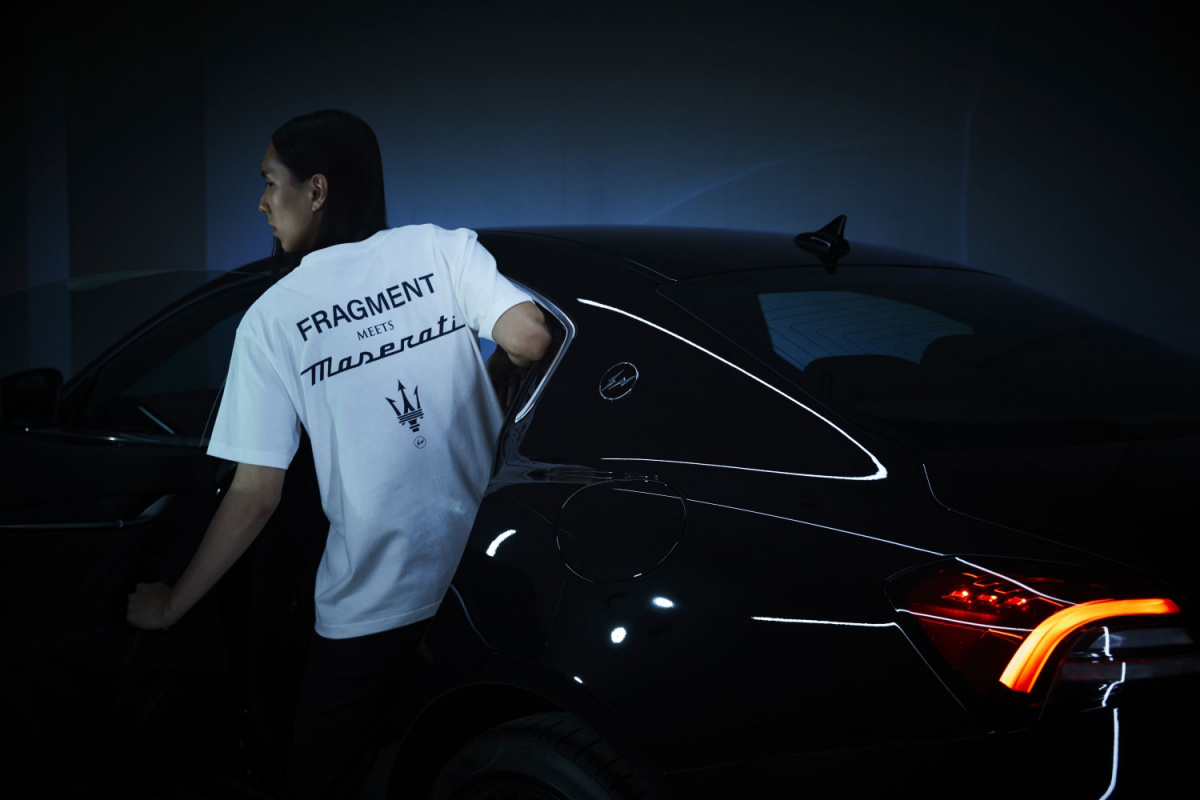
Photo courtesy of Maserati
In other design news, Maserati partners with the Japanese godfather of street culture, Hiroshi Fujiwara.
+ Ghibli Operanera and Ghibli Operabianca are two special edition Maseratis in collaboration with Hiroshi’s Fragment brand.
+ As part of the capsule collaboration, Hiroshi, who is famous for shooting on a Ricoh GR, also designed limited-edition streetwear.
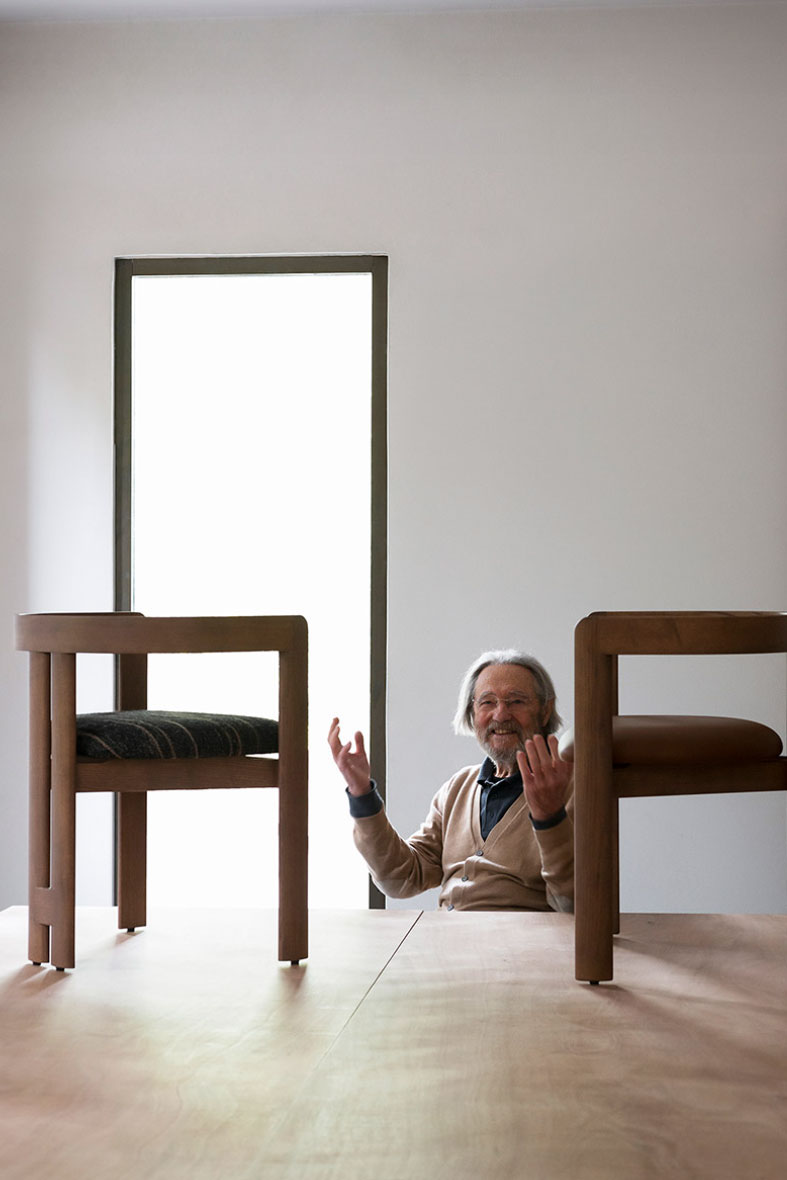
Photo courtesy of tacchini.it
Tacchini reissues Tobia Scarpa’s first design: the Pigreco chair from 1959.
+ Tobia designed Pigreco as a graduation project after studying architecture at the University of Venice, with the intention of creating an object that delivered a sense of space.
+ The new edition is available in new materials and finishes. “After so many years, I look at it and … to me, personally, nothing has changed. In my opinion, I don’t feel the need to express whether there is a ‘better’ or a ‘worst,’ for me it is always the same chair,” Tobia says.

Photo courtesy of Vava
Kengo Kuma designs eyewear based on his architectural projects.
+ A collaboration with Vava, the eyewear collection is inspired by the natural materials and structures found in Kengo’s work, such as wood, bamboo, sheet rock, and paper.
+ The collection is made with 3D printing technology, which allowed Kengo to create more complex shapes and features while using the minimum amount of materials.
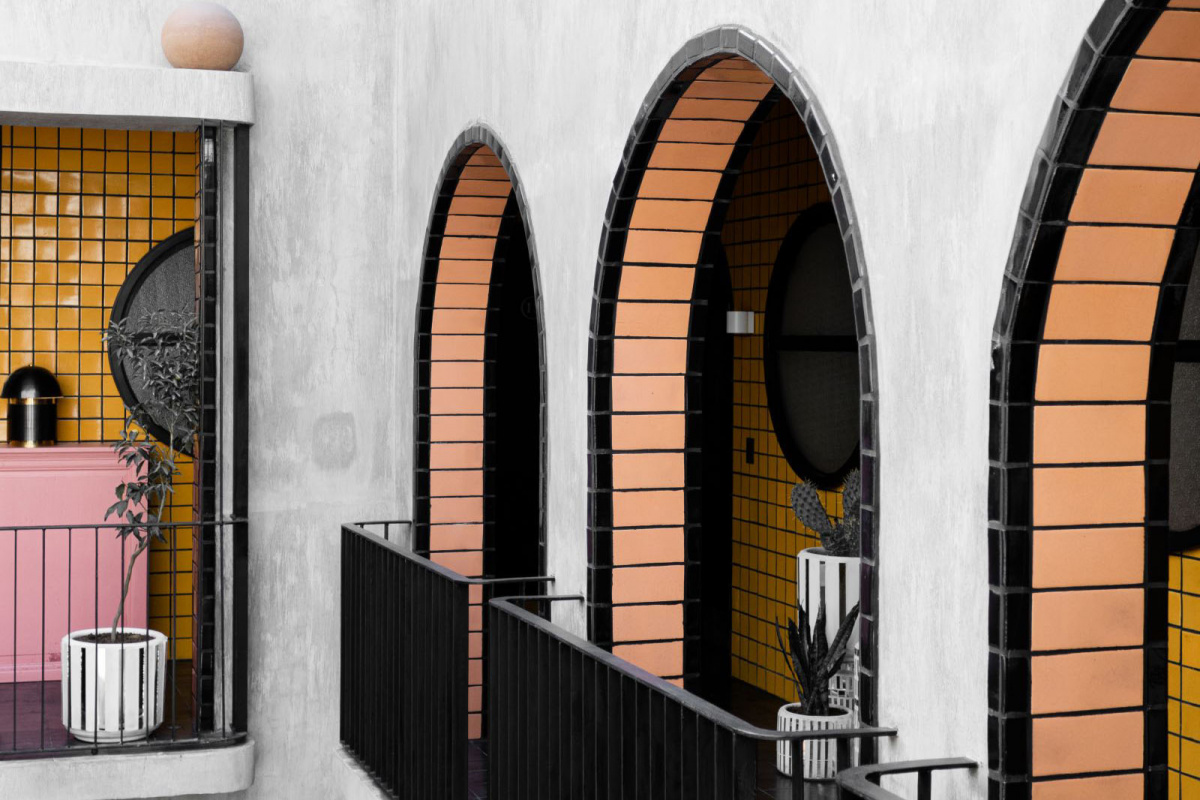
Photo courtesy of andresg.mx
Andrés Gutiérrez is using design to fuel a culture of human connection.
+ The Mexico City-based designer, who founded A-G Studio in 2012, toggles between interior design, furniture design, and objects. Outside of a new wooden furniture collection, he’s currently working on a boutique hotel in Taxco, an ice cream shop in Mexico City, and several apartments in Oaxaca.
+ “Most of the stuff I’m designing relates to the human understanding of our own existence and our connection with the universe,” he told Sight Unseen.

Crowds take it all in at the marquee fair. Photo courtesy of Art Basel Miami Beach
Design Miami announces its first physical event in Asia.
+ Design Miami announced the first edition of Design Miami/Podium in Shanghai, running from Nov. 5–14 alongside Shanghai Art Week.
+ The new Podium platform is more of “a traveling event concept” rather than a full-fledged fair and “ideally positioned to enter new, emerging markets around the world,” Design Miami CEO Jennifer Roberts told The Art Newspaper. “The mission of Podium is to create and connect networks of collectors, interior designers, design enthusiasts, curators, galleries and studios in emerging markets around the world.”
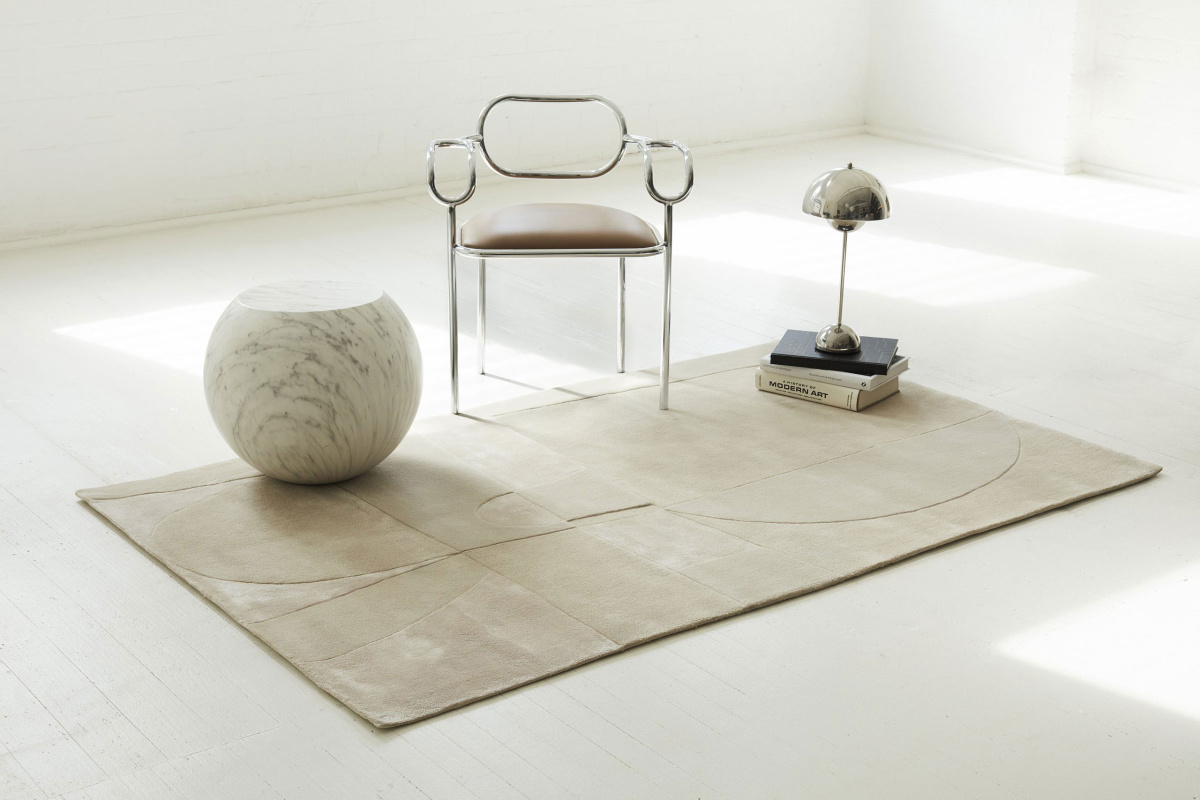
Photo courtesy of tsarcarpets.com
Michelle Macarounas turns Alexander Calder’s mobiles into rugs for TSAR.
+ Inspired by 20th century art, particularly Alexander Calder’s mobiles, Michelle and the TSAR design team started the design process by cutting out paper shapes and layering them on top of each other, which played up negative space and abstract nature of Alexander’s work.
+ “The goal was to create stylish area rugs that felt more like pieces of art and infuse an eclectic sensibility to any interior space,” Michelle said in a statement.

Photo courtesy of garage-italia.com
Garage Italia talk about the changing role of automotive design.
+ Founded by Lapo Elkann and Carlo Borromeo, Garage Italia calls itself a “creative hub” for automotive customizations and is known for the electric re-edition of the Panda 4×4.
+ “The truth is that unlike others we don’t give a damn about [car] performance … The discriminating factor has become style. It interests us much more and does not endanger life. Nobody needs cars that go faster than you can go on the road,” Garaga Italia CEO Enrico Vitali told Domus.
***
Want this news roundup send straight to your inbox? Subscribe below.
[ninja_form id=3]
